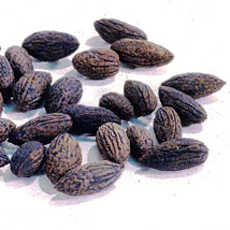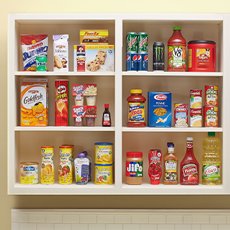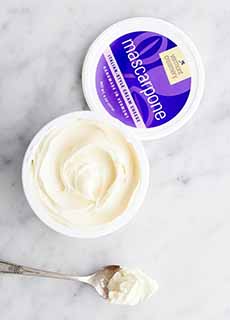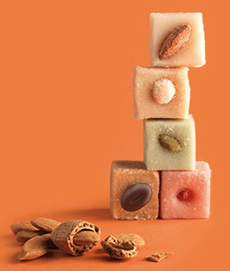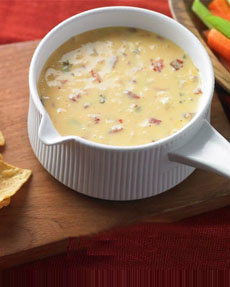It has more sugar and can be eaten directly as a confection, while almond paste cannot be eaten directly but is used as an ingredient.
Marzipan is also molded and tinted to resemble fruits, animals, and other fanciful shapes.
Marzipan is not just an almond confection:
Pistachio marzipan is another popular form, most often used to fill chocolates.
THE HISTORY OF MARZIPAN
The origin of marzipan is disputed. One camp says that the sweet is believed to have originated in Persia (present-day Iran) and was introduced to Europe through the Turks.
We know that marzipan became a specialty of the Baltic Sea region of Germany. In particular, the city of Lübeck, Germany, claims that marzipan was created there in the 15th century.
Their story is that during a famine when flour for making bread became scarce, the senate of the city of Lübeck ordered bakers to create a replacement.
Using eggs, sugar, and ground almonds instead of wheat flour, the bakers created marzipan.
Lübecker marzipan manufacturers like Niederegger still guarantee their Marzipan to contain two-thirds almonds by weight.
The Book of One Thousand and One Nights, a collection of tales that began in the early 8th century (and was added to up through the 13th century), tells of an almond paste eaten during Ramadan and also as an aphrodisiac [source].
Other sources establish the origin of marzipan in China, from whence the recipe traveled to the Middle East and then to Europe through Andalusia [source].
Truth to tell, we may never know the origin. However, it is not difficult to believe that marzipan originated in different places.
Anyone with almonds or pistachios to grind and blend with sugar or honey could have created it, subsequently adding egg whites to create a better texture.
Subsequently, they’d have discovered that marzipan holds a shape easily, and can be molded into specially-shaped confections.
The next discovery may have been that marzipan keeps cakes fresher longer. Like fondant, it can substitute for icing on wedding cakes, fruitcakes, and others, where it seals in moisture.
With elaborate cakes, this allows the baked layers to remain soft while the decorations are applied, which can take days.
ALMOND PASTE VS. MARZIPAN
Both almond paste and marzipan are made from almonds, sugar, and egg whites. But almond paste has twice the amount of almonds in it compared to marzipan, and less sugar.
Almond paste is meant to be used as a filling in cookies, cakes, tarts, and Viennoiserie (almond croissants, Danish).
Marzipan has a finer texture and is sweeter than the more grainy almond paste. It is pliable and moldable into shapes: logs, rounds, bonbons, and sculpted figures—and as noted above, cake coverings.
CHECK OUT WHAT’S HAPPENING ON OUR HOME PAGE, THENIBBLE.COM.
|


